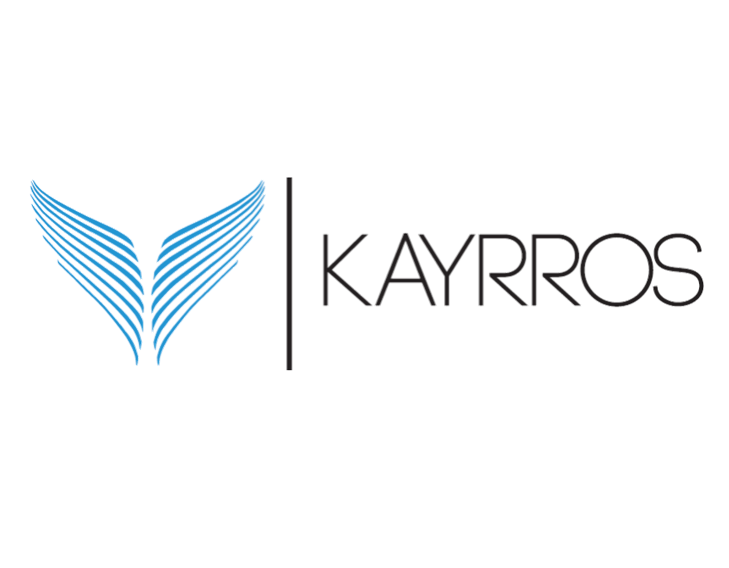123Fab #99
1 topic, 2 key figures, 3 startups to draw inspiration from

People generally link global warming with carbon dioxide (CO2) but, as the Intergovernmental Panel on Climate Change (IPCC) explains, 30% of the increase in global temperature since pre-industrial levels is due to higher methane (CH4) concentrations in the atmosphere. This is because methane is extremely more effective at trapping heat.
Where does methane come from?
The IEA has estimated that 40% of methane comes from natural sources (wetlands, biomass burning…), and the remaining 60% from human activities (agriculture, oil & gas production, waste). The two pathways to methane production are:
- Gas leaks – methane is the main component of natural gas. Thus, it can leak from pipelines and drilling.
- Decomposition of organic matter – when organic matter is in oxygen-free environments, particular microbes called methanogens take the lead in breaking down the organisms. This process, called methanogenesis, leads to the creation of methane.
According to McKinsey, five industries could reduce global annual methane emissions by 20% by 2030 and 46% by 2050. Those are agriculture, oil and gas, coal mining, solid-waste management, and wastewater management.
What about methane capture from the air?
Methane is 200 times less abundant in the atmosphere than CO2 — a scarcity that makes removing it a technical challenge. Capturing methane would require processing a lot of air, which could require an extremely large amount of energy. And unlike CO2, which can be captured both physically and chemically in a variety of solvents and porous solids, methane is completely non-polar and interacts very weakly with most materials. However, researchers claim to have found a promising solution. A class of crystalline materials, called zeolites, capable of soaking up the gas. Regardless of this solution, the difficulty of capturing methane from the air is the reason why most technologies focus on oxidizing the greenhouse gas rather than “hooking” it out.
Startups are developing innovations to curb methane emissions
For the decomposition of organic matter:
- in the gut of ruminants (like cows and cattle) – Australian startup Rumin8 and Swedish startup Volta Greentech are fighting this issue by developing seaweed-based nutritional supplements that inhibit methane production.
- on landfills and wastewater – US startup LoCi Controls bolsters the methane capture process using solar-powered devices.
- on wetlands – UK methane capture startup bluemethane has developed a technology to capture methane from water, enabling to mitigate the methane production from rice cultivation.
For gas leaks:
- oil & gas production – UK startup Kuva Systems uses short-wave infrared cameras to autonomously monitor and alert oil and gas companies about methane leaks. Whereas US startup BioSqueeze has developed a biomineralization technology that seals miniscule leakage pathways in oil and gas wells.
- melting permafrost – the trapped organic matter in the frozen seafloors or shallow seas is emitted when they thaw. US startup Blue Dot Change is investigating whether releasing ion particles into the exhaust steam of ship vessels crossing the ocean can accelerate the destruction of methane.
A methane tax just like carbon taxes
Norway was one of the first countries to introduce a carbon tax in 1991. Aside from carbon, the harmful gases regulated by the tax also include methane. All Oil & Gas operators on the country’s continental shelf are now required to report all methane emissions from their activities. As a result, studies show that the country has succeeded to consistently maintain low methane emissions. Canada is proposing to require companies to inspect their infrastructure monthly, fixing the leaks they find as part of efforts to reduce the sector’s methane emissions by 75% by 2030 (compared with 2012). Although the EU is among 150 signatories to the Global Methane Pledge – an agreement to cut emissions of methane by 30% – EU energy chief warned early March that the EU was lagging in the race to curb methane emissions. Since the proposals on methane in 2021, they have been watered down.
In short, methane will be critical to solving the net-zero equation. The good news is that mature technologies are at hand. From feed additives for cattle to new rice-farming techniques, to advanced approaches for oil and gas leak detection and landgas methane capture. Where costs are prohibitive, there is a need for coordinated action to create the infrastructure and fiscal conditions that would support further action. Finally, across the board, there is a need for more monitoring and implementation.
2 Key Figures
Budget of $60-110 billion annually up to 2030
Full deployment of the methane abatement measures would cost an estimated $150-$220 billion annually by 2040 and $230-$340 billion annually by 2050.
< 100 funded companies
Tracxn
3 startups to draw inspiration from

Kayyros
French-based startup founded in 2016 which is a developer of an energy analytics platform for traders, investors, operators and governments. Kayrros powers part of the Global Methane Tracker.

BioSqueeze
US-based startup founded in 2021 that has developed a biomineralization technology that seals miniscule leakage pathways in oil and gas wells.

Rumin8
Australian-based startup founded in 2021 which is a manufacturer of seaweed-based nutritional supplements for livestock that inhibit methane production. The startup is backed by Bill Gates’ fund Breakthrough Energy Ventures.
Interested in a startup landscape or in an insights report?
Please fill out our contact form so that we can get back to you very quickly with our product offer.
Want to subscribe to our 123Fab?
Fill out our form to receive the latest insights into your inbox.
